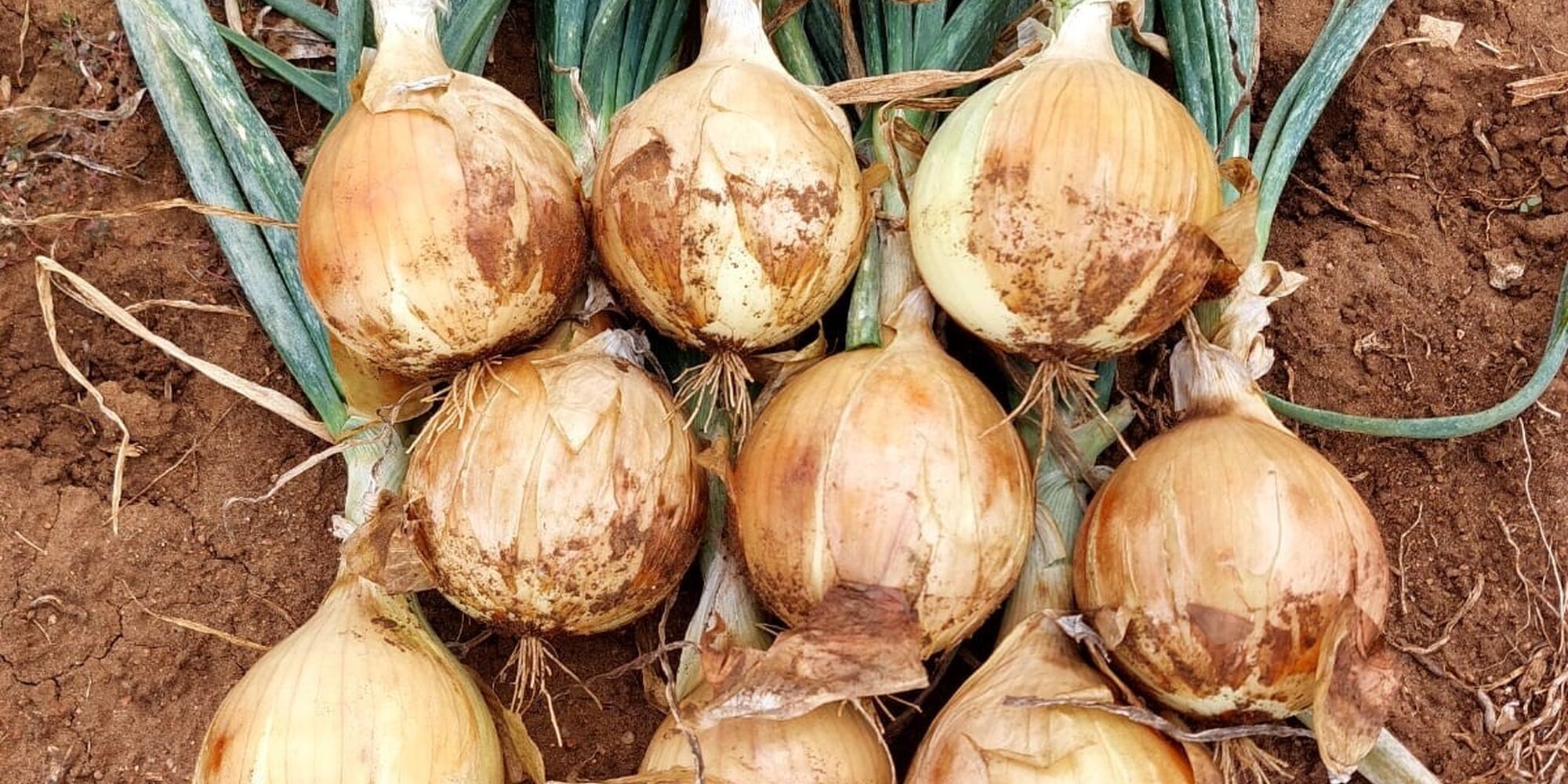

What a difference a year makes. Rarely, if ever,have two consecutive onion seasons in the northern regions of South Africa contrasted more than those of 2021 and 2022.
The 2021 season was characterised by low prices,oversupply, and storage losses suffered by growers holding products in the hope of better prices. Earlyseasonrain played a large part in the situation with very small areas sown early and most of the planned February sowings delayed until March.
This resulted in large volumes of onions arriving at markets at the same time, rather than the more evenly spaced deliveries typical of a normal season. Yields were generally very high, and this added to the problem. At some stages, markets could not accept more onions and prices below R3 a kilogram were common. Even with top yields, this price level means a shortcoming on break-even point.
Fast forward to 2022. Many growers, particularly in the far northern regions of the country, reduced plantings or did not plant at all following the experience of 2021. The steep increase in fertiliser and diesel costs also discouraged excess sowings. The disruptive heavy rains of 2021 did not reoccur, and sowing dates and areas were close to planned schedules.
This also meant that varieties could be sown in their optimal slots. Another factor that reduced the available volumes was the increasing effect of white bulb rot, particularly in the Brits area. This disease is having a major impact on crops, reducing yields and quality to the point where some growers will be forced to stop planting the crop or source new, uninfected growing areas.
Starke Ayres varieties performed well across the region with Askari and Terena producing top yields of high-quality bulbs in the main season. Jamila performed well in early sowings and Tusker showed the value of strong pink root rot resistance in areas where the disease is prevalent.
Initial prices achieved were good and were maintained as the season progressed. Demand was good
and, with limited supply, markets did not become overstocked. The previous season’s practice of keeping onions on farms did not reoccur, because growers marketed their crops as quickly as possible to make the most of the situation. Overall yields were slightly low, due in part to growing conditions but probably more the result of slightly earlier harvesting.
By the time the central regions began harvesting, most of the northern region crop had been delivered. This had not been the case in 2021, when product from both regions was on the markets at the same
time, making the problem worse. It is to be hoped that the period of good returns for onion growers continues for as long as possible.
